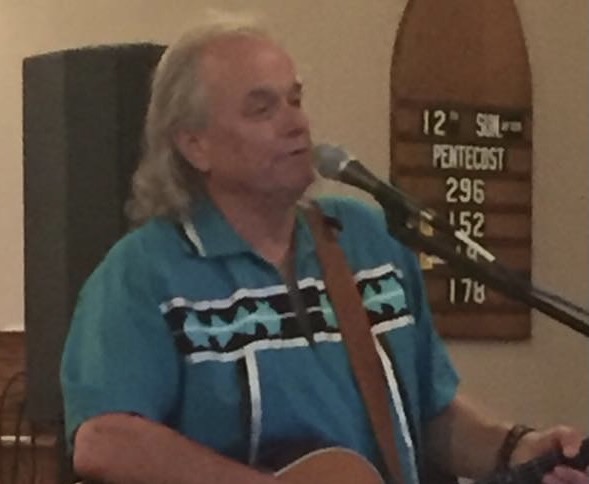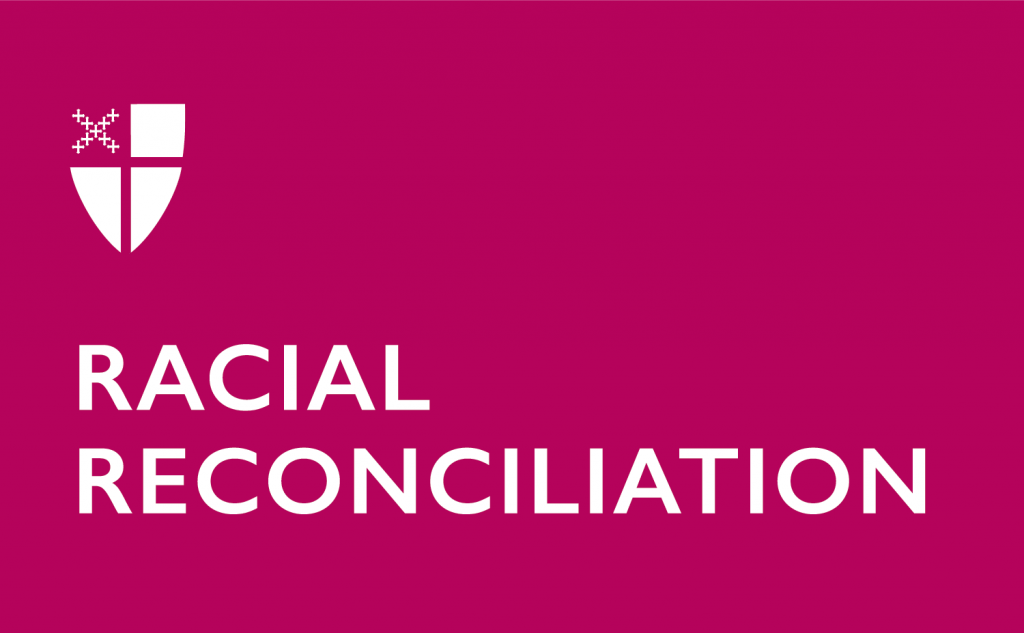Te-Lah-Nay: A Parable that Actually Happened
By the Rev. Bude VanDyke
Te-Lah-Nay was 15 in 1838. She was from a small band of Yuchi who lived near the Florence and Muscle Shoals area of North Alabama. As a little girl, she spent her spare time sitting on the banks of Nu-Nah-Say, the Tennessee River, to listen to the river’s songs. At age 15, drunken white fur trappers murdered her grandparents and parents at the river’s edge. Te-Lah-Nay and her sister escaped and hid in a root cellar under a house on the outskirts of Florence. They were discovered a couple of days later and placed in the stockade to await the military escort of the Trail of Tears. They walked to Indian Territory, now known as Oklahoma, with members of several Southeastern tribes whose languages they did not understand.
Once in Indian Territory, Te-Lah-Nay realized she was dying from the inside out. She tried to find rivers and streams that sang like Nu-Nah-Say, to no avail. Her sister had fallen in love with a Creek Man and was content to stay with him, so Te-Lah-Nay, at 17, decided to walk home by herself. Had she been caught, she would face prison or death. The circuitous route she took created a five-year journey back to the Singing River. Her great-great-grandson, Tom Hendricks, spent 30 years building a stone monument to her journey.
I became friends with Mr. Tom and visited Te-Lah-Nay’s Wall many times before his death. Having heard her story through the respectful eyes of a loving descendant, I found my heart pierced by the photos of adolescent girls shown during the Oct. 11 webinar, “Native Voices: A Response to The Episcopal Church’s History with Indian Boarding Schools.” The thousand-mile stares of those girls gave me a vivid picture of Te-Lah-Nay as she realized she was dying from the inside. Those children, taken away from their homes, stripped of their language, culture, and family ties, experienced hopelessness and resignation beyond the imaginations of the dominant culture. Knowing that The Episcopal Church participated in the assimilation of Indigenous children weighs heavy on my soul and our collective soul, whether we recognize it or not.
As a Chickamauga Cherokee descendant, part of my healing process was the emergence of a song about her. The refrain “is free and easy just a white man thing?” is a heartfelt ironic commentary on Thomas Jefferson’s words in the Declaration of Independence: “Life, liberty and the pursuit of happiness.” Fortunately, I was able to play and sing the song for Mr. Tom shortly before he died. His gratitude did not need words to be understood.
The Episcopal Church is prolific in making statements and passing resolutions, but we have difficulty making a spoken ethos a living ethos. Instead of resolutions and proclamations, I prefer to follow the “Red Road” of telling stories, hoping that knowing the stories will change the heart space of Americans who are descendants of Europeans.
As more unfolds in the months and years to come on the terrible impact of Indigenous boarding schools, my prayer is that we all can listen with the ears of our hearts and see with the eyes of our hearts. If there ever was a time when we needed to be a confessing church, the time is now. We cannot turn back time, but we can heal the trauma of that legacy, not just for the victims but for the oppressors as well.
The Rev. Bude VanDyke lives in Sewanee, TN and serves as rector of the Church of the Good Shepherd in Decatur, AL. He is a Chickamauga Cherokee descendent and his Cherokee name is Tsoi Nunyah Agomatiha (Three Stones Seeing).
To hear Rev. VanDyke sing about Te-Lah-Nay on the recording of the October 11th webinar, it can be found at 3:10 on the video on the Indigenous Ministries page.


